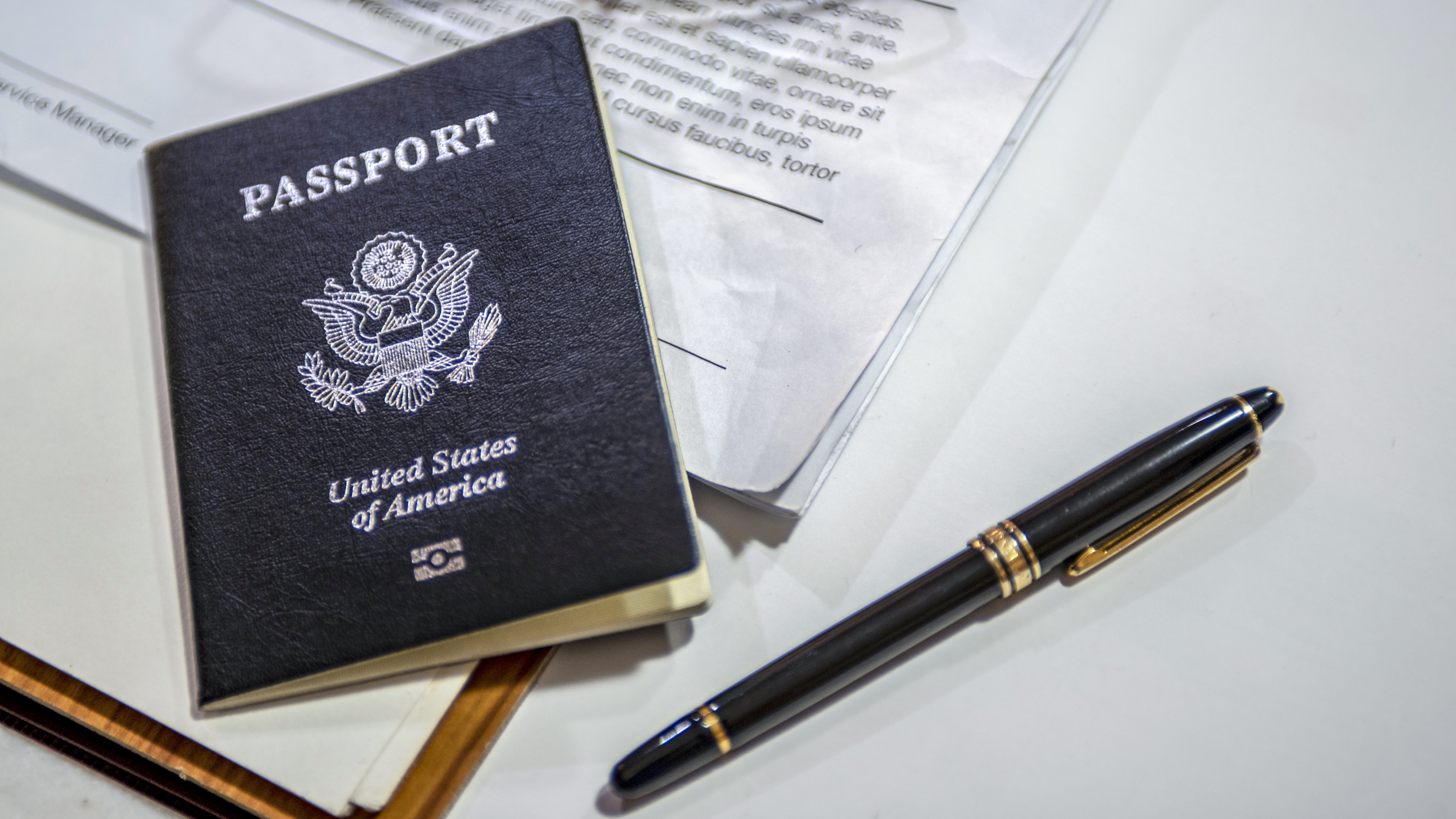Say Goodbye to MyRA, Hello to Roth IRA
The government may be shutting down its investment program, but don’t let that stop you from saving for retirement. There are lots of tax-friendly Roth IRA possibilities, even for those with just $50 a month to spare.


Fewer than 31% of Americans own an IRA, and even fewer (19%) actively contribute to one. In addition, only 5% of Americans take full advantage of this savings tool by contributing more than $5,000 a year to IRAs, according to a 2017 report from TIAA.
Yet some folks who want to save for retirement are losing one way to do it, the myRA.
The U.S. Department of the Treasury announced in late July that it is ending the Obama administration’s myRA program, a no-fee way to save for retirement designed for people without access to employer-sponsored retirement plans like 401(k)s. The reason? It was found not to be cost effective, according to the press release.
From just $107.88 $24.99 for Kiplinger Personal Finance
Be a smarter, better informed investor.

Sign up for Kiplinger’s Free Newsletters
Profit and prosper with the best of expert advice on investing, taxes, retirement, personal finance and more - straight to your e-mail.
Profit and prosper with the best of expert advice - straight to your e-mail.
The program was launched about two years ago, targeting lower-income savers, although myRAs were available to those with incomes reaching into the six figures as well. The accounts came with no minimum deposits. According to the Treasury Department, demand for and investment in the myRA program has been extremely low. American taxpayers have paid nearly $70 million to manage the program since 2014.
The myRA website has been updated to walk consumers through the process of selecting a new Roth IRA provider and moving the funds.
How can people with modest means still invest for retirement now that myRA is closing up shop?
What NOT to do
First off, if you are in the myRA program, avoid the temptation to just cash your money out of the account. That could result in taxes and an early-withdrawal penalty if you’re under age 59½.
Instead, set up a Roth IRA with another provider
The Treasury website outlines a two-step process for you to transfer your account balance to another Roth IRA and offers tips on what to consider when selecting a provider. But even if you don’t have a myRA, you can open a Roth IRA on your own with as little as $50 per month with such mutual fund companies as Vanguard, Fidelity and American Funds. You can select a target date fund, balanced fund or an asset allocation fund that aligns with your risk tolerance. One example is the Vanguard LifeStrategy Fund.
Be careful how you move the funds
To avoid triggering possible taxes or penalties when moving money from your myRA to a new account, you need to proceed with caution. Before initiating a direct rollover or transfer, open a new Roth IRA with a different provider where you will continue to save and invest. Then, by working with the new Roth IRA provider you select, you can transfer your myRA balance to your new Roth IRA. If you don’t perform a direct transfer, be sure to redeposit the full amount into a new Roth IRA within 60 days to avoid any taxes or penalty.
Whatever you do, don’t quit saving
It is difficult for people who make lower wages to think about saving for retirement, but it’s something we all need to do. Look at what you bring in per month, add up your expenses and think of ways to cut some corners. Do you have subscriptions to magazines or cable you don't really use? It is the perfect time to get rid of some of those unnecessary expenses. Then, set up a budget to help you keep on track. Not only does a budget help with saving for retirement, but it also makes monitoring income and expenses easier.
Make your savings automatic
The next step is to directly deposit a set amount of money into a 401(k) or IRA per pay period. By automatically depositing funds, you don't have to worry about putting money into the portfolio each month. You can sit back and watch your retirement savings grow. Money in Roth IRAs grows tax-free. A few other basics to keep in mind with Roth IRAs:
- The annual maximum amount you can save for 2017 is $5,500, or $6,500 if you're age 50 or older.
- Contributions cannot exceed your earned income.
- You can withdraw your contributions — but not your earnings — at any time, regardless of your age, without paying taxes or a penalty (as long as you’ve held the account for five years).
- When you reach age 59½, all withdrawals are tax-free (as long as you’ve held the account for five years).
- Income limits apply to contributions. For single filers in 2017, your ability to contribute starts phasing out at $118,000, and for married people filing jointly, it starts phasing out at $186,000.
The bottom line
There are many reasons why people are not saving for retirement. Younger individuals may not think it is important at the present moment. People tend to prioritize buying a house or paying down debt. To them, retirement is a distant future event. Another reason is people may intend on relying on their Social Security benefit. The average monthly Social Security retirement benefit for January 2017 is $1,360. That doesn't go very far.
For families of modest means, saving for retirement is not out of reach. Simple saving techniques can help make your goal of peaceful twilight years a reality.
Profit and prosper with the best of Kiplinger's advice on investing, taxes, retirement, personal finance and much more. Delivered daily. Enter your email in the box and click Sign Me Up.

Marguerita M. Cheng is the Chief Executive Officer at Blue Ocean Global Wealth. She is a CFP® professional, a Chartered Retirement Planning Counselor℠ and a Retirement Income Certified Professional. She helps educate the public, policymakers and media about the benefits of competent, ethical financial planning.
-
 IRS Paper Checks Deadline: What Happens After September 30?
IRS Paper Checks Deadline: What Happens After September 30?Tax Changes Avoid delays when IRS tax refunds and Social Security paper checks are cut off. Here’s what to know.
-
 IRS Sets Start Date for New Mandatory Roth Catch-Up Contributions
IRS Sets Start Date for New Mandatory Roth Catch-Up ContributionsRetirement Savings The IRS has clarified some questions surrounding new catch-up contribution rules for retirement savings plans.
-
 Wages Aren't Keeping Up With Inflation: A Financial Adviser's Tips to Bridge the Gap
Wages Aren't Keeping Up With Inflation: A Financial Adviser's Tips to Bridge the GapWhile we can't control inflation, there are some simple things each of us can do to help keep our heads above water.
-
 New Rules, New Opportunities for Student Loans: An Expert Guide to Preparing for What's Next
New Rules, New Opportunities for Student Loans: An Expert Guide to Preparing for What's NextMajor changes are coming to federal student loan rules, so it's a good time for borrowers to understand how these shifts will impact their financial planning.
-
 Gray Divorce Can Throw Your Retirement a Curveball: What to Know
Gray Divorce Can Throw Your Retirement a Curveball: What to KnowIf you're entering retirement and going through a divorce at the same time, you've got some work to do to shore up your long-term financial security.
-
 I'm a Real Estate Investing Expert: Optional 721 UPREIT DSTs Can Be the Best of Both Worlds
I'm a Real Estate Investing Expert: Optional 721 UPREIT DSTs Can Be the Best of Both WorldsBefore investing in any 721 UPREIT exchange, look for one that offers a straightforward, investor-friendly exit.
-
 How an Expired Passport Thwarted Blackmail (and What Other Important Documents You Should Keep)
How an Expired Passport Thwarted Blackmail (and What Other Important Documents You Should Keep)An optometrist produced his expired passport to foil a blackmail attempt by the daughter of a former employee. After proving he was out of the country on the date of a forged diary entry, he took it a step further.
-
 Optimize, Grow, Retain: The Power of Annual Client Reviews
Optimize, Grow, Retain: The Power of Annual Client ReviewsFinancial advisers can use annual reviews to help enhance client outcomes, strengthen relationships and build their practice.
-
 I'm a Real Estate Investing Pro: This Is What Investors Should Know About Truck Stop Investments
I'm a Real Estate Investing Pro: This Is What Investors Should Know About Truck Stop InvestmentsTruck stops might seem like good investments, but they can actually be a risky gamble due to unstable fuel prices, unreliable operators and coming changes in transportation. Instead, consider safer options like industrial or residential properties.
-
 Don't Disinherit Your Grandchildren: The Hidden Risks of Retirement Account Beneficiary Forms
Don't Disinherit Your Grandchildren: The Hidden Risks of Retirement Account Beneficiary FormsStandard retirement account beneficiary forms may not be flexible enough to ensure your money passes to family members according to your wishes. Naming a trust as the contingent beneficiary can help avoid these issues. Here's how.